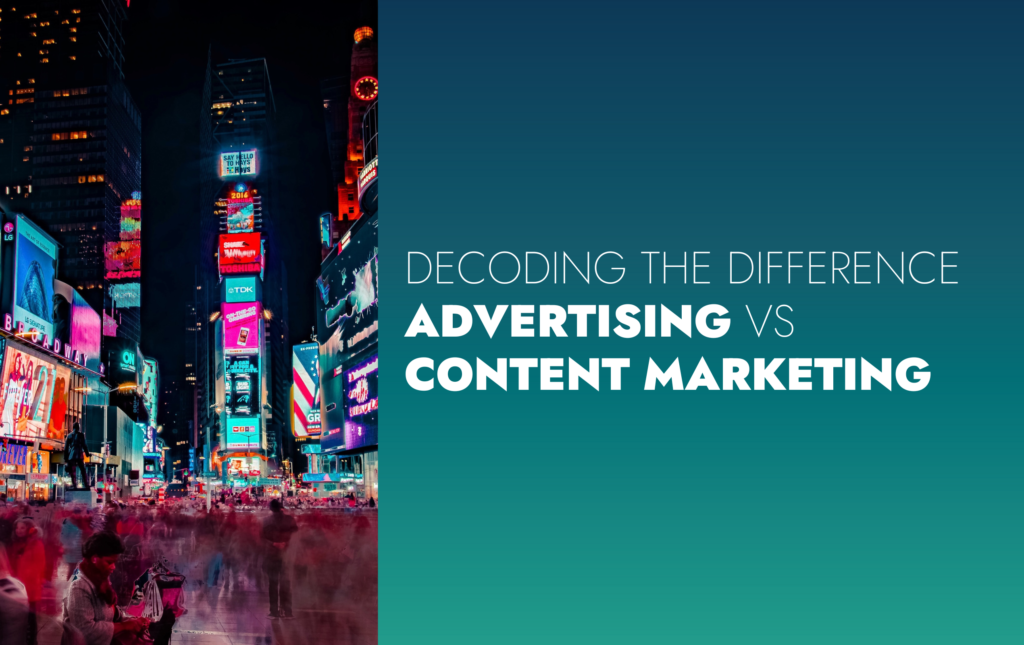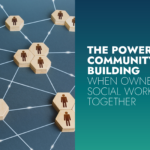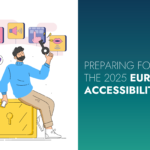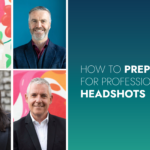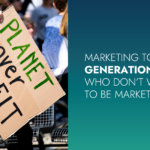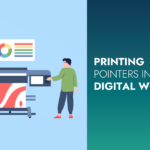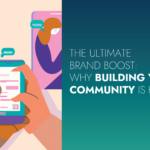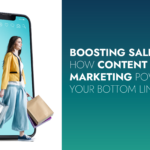There’s a famous advertising joke, credited to department store magnate John Wannamaker, which goes: ‘50% of my advertising money in dollars are wasted, I just don’t know which half’.
Advertising, many would argue, has always been more an art than a science where companies spend large sums on attracting the masses, without knowing which bits work and which bits don’t. Enter content marketing. Combining the creativity of traditional advertising with the science of data analytics, many experts agree that this is where the future of marketing lies.
There’s one small snag though – most people don’t understand what it is.
This includes many marketing professionals, some of whom are of the opinion it’s simply re-purposed press releases; others, that it’s any kind of written, audio or video content slapped onto a website. But to think this is to radically misunderstand the power of content marketing and how it can affect customers and their purchasing decisions.
Traditional advertising versus content marketing
We all know what traditional advertising – also called outbound marketing – looks like. It’s the overly long ads in the middle of your favourite TV programme; the shouty promotion on radio then makes you turn the dial. In other words, traditional advertising ‘pushes’ itself into your life without your asking. At best, you spend a second or two paying attention. More often you ignore it or develop an aversion to the very product the ad is trying to promote.
What is content marketing and how does it differ?
Content marketing, on the other hand, exerts a ‘pull’ rather than a ‘push’ force. For this reason it’s called ‘inbound marketing’ because it is often responding to a need the customer has already expressed.
Take this as an example: a customer is on the hunt for a new pair of hiking boots and turns to the internet for the best brands or shops in this area. If you are a hiking-boot retailer/brand, what you want to be able to do is answer that customer’s questions with relevant, timely content. A good first step is to have a well-designed website or social media presence, which you can then populate with content such as blog posts, videos, e-newsletters; podcasts; downloadable guides and infographics.
Bingo: if you’ve done your job right, there’s a large possibility that customer will buy your product/brand or at the very least keep it top of mind when making their purchase.
Creating loyalty
Creating good content also has the benefit of nurturing trust and loyalty among your customers. In fact, in a study by the Customer Content Council, 61% of customers said they were more likely to buy from a company that delivered custom content. The natural habitat for content marketing – the internet – has huge benefits too. If your content goes viral, your customer base can quickly ratchet up. Equally, because content marketing uses multimedia formats, it has the benefit of appealing to multiple audiences and multiple demographics.
In a nutshell, content marketing differs from traditional advertising because it is:
— Pull not push
— Continuous rather than campaign based
— Customer focused not brand focused (Answering the customer’s questions across his/her buying journey)
— Measurable using data analytics
— ‘Owned media’, meaning it’s a permanent asset to your business.
The bottom line
The good news is that content marketing tends to be cheaper than traditional advertising too. According to DemandMetric.com – a high performance marketing website – content marketing costs 62% less than traditional advertising and, per dollar spent, generates three times as many leads as its outward-bound cousin. Ultimately, providing relevant, timely content to the customer is what content marketing is all about!
When creating strategic content for your customer always bear the following in mind: the buyer journey is nothing more than a series of questions that need to be answered. Good content marketing is about being ‘The Best Answer’.
We have years of experience helping brands become that best answer, so don’t hesitate to get in touch – email paula@zahramediagroup.com today!

